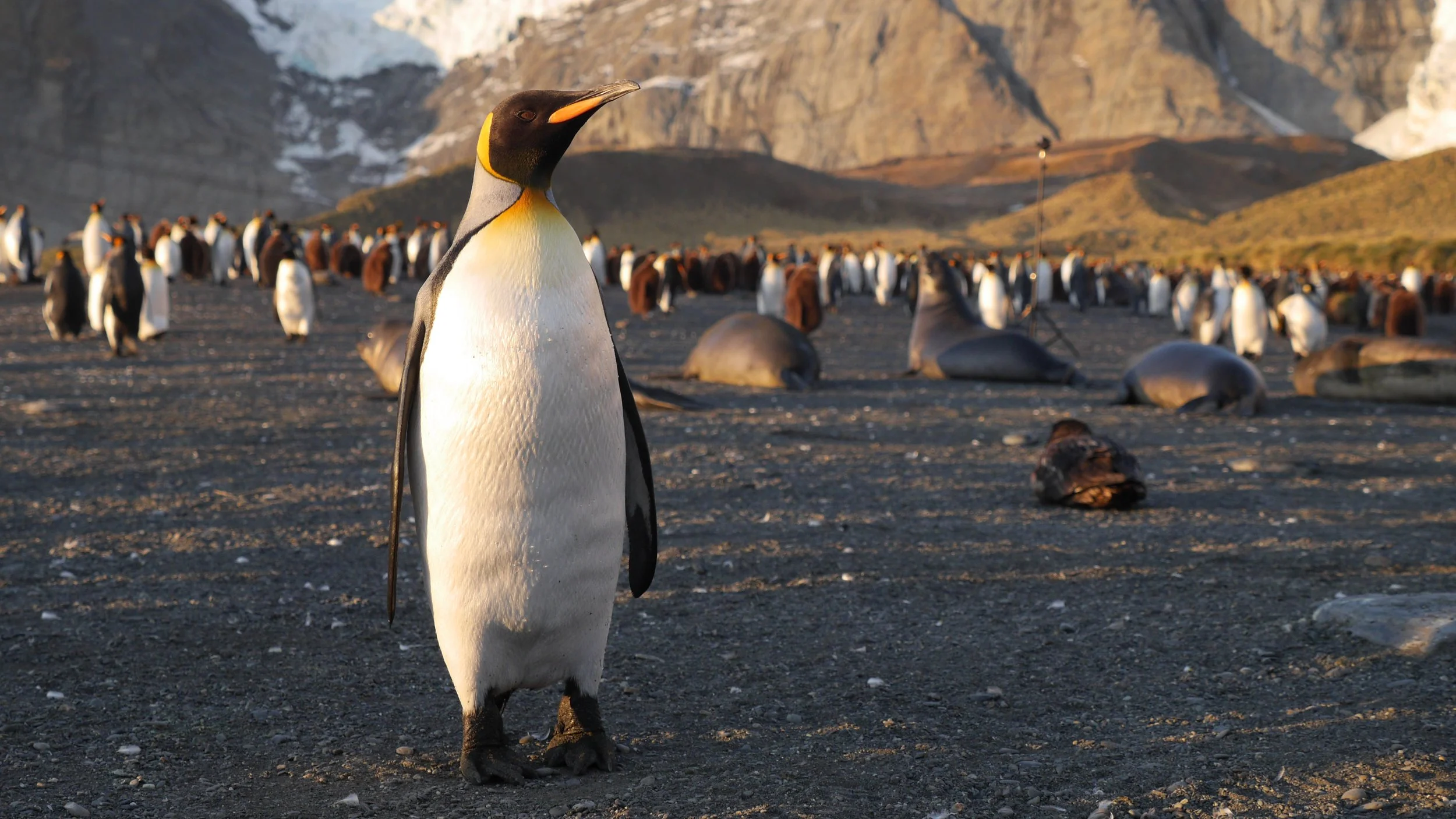At the beginning of 2015, I started experimenting with 360 video.
I don’t remember exactly what sparked it, but I do remember downloading the only 360 software available at the time—it was French—and trying to figure out how the hell it all worked. This was before 360 video was really a thing. There weren’t any tutorials or best practices to follow. It was all trial and error.
So I filmed. A lot. As much as I could.
The camera setup was six GoPros held together in a 3D-printed frame—highly DIY, with tons of points of failure. I bought the frame from a guy in Astoria and picked it up from his second-floor apartment. The whole thing felt like some back-alley cyberpunk deal.
Back then, if you wanted to change a setting, you had to do it on all six cameras individually. You had to charge six batteries, manage six microSD cards. It was chaos, but kind of beautiful chaos.
I started posting what I was learning on Facebook, and an old co-worker from my Bluefin Robotics days reached out. He had a connection to Sven Lindblad, the president of Lindblad Expeditions—the tourism arm of National Geographic.
He set up a meeting in NYC. We pitched Sven in under five minutes, and just like that, we were headed to Antarctica in November to test and demo what 360 video could do.
In the months leading up to the trip, I flew out to Colorado multiple times to prep. We built a massive drone to fly around the islands near the Antarctic Peninsula and worked out our gear and workflow. The drone once flipped and almost tore me apart. I still kind of hate drones.
In November 2015, we left from Ushuaia, Argentina, and I spent the next month living aboard the National Geographic Explorer.
I visited Shackleton’s grave, old whaling museums, and was aggressively greeted by two fur seals on two separate occasions.
It honestly feels like a dream now. Sailing through these alien landscapes was one of the most surreal and exciting times of my life. I kept thinking: no one in my family has ever been here—probably no one will again. I reminded myself over and over: You will never be here again. Film everything.
And I did.
When I got home, I’ll admit—I got a little depressed. I remember walking into my bedroom with my duffle bag, thinking, Why am I here? I need to get back out there.
If anyone’s interested, I’d be more than happy to share the footage. Just reach out.
//
// My theory on why 360 video never took off.
When the motion picture camera was first invented, no one knew what to do with it. Before film, people only had paintings. And if you look at the earliest films, they’re basically moving versions of paintings—staged recreations of famous scenes, like waterfalls or the Yankee Doodle Dandy drummer boy.
It wasn’t until someone physically cut two pieces of film together that cinema came alive. That’s when it stopped imitating painting and became its own language, its own medium.
I think the same thing never happened for 360 video.
Audiences, raised on traditional film, expected a camera with psychology. They expected framing, intention, and editing. But 360 never had its cut moment—no one figured out how to make it its own language. Instead, we tried to fit it into the grammar of traditional film, and it didn’t quite work.
It still could, maybe. But it hasn’t yet.



